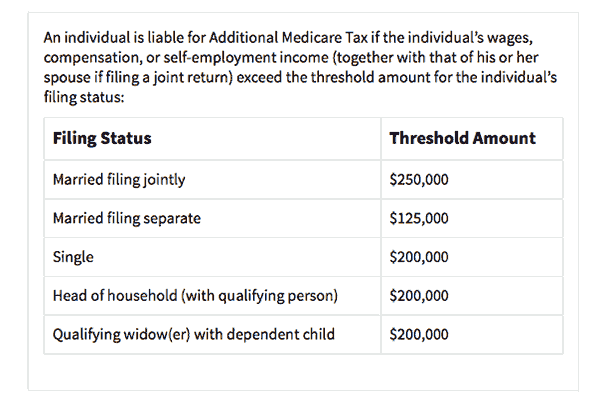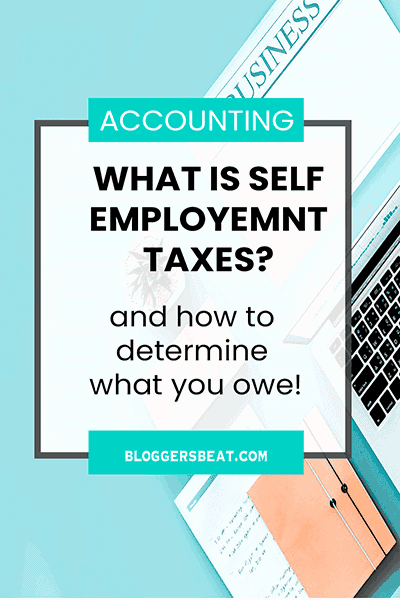When you first start your small business, or you receive your first self-employment paycheck, you may begin to wonder about the process of paying your taxes. Of those taxes, the self-employment tax is often the most frequently misunderstood. This guide will explain what the self-employment tax is and how to determine what you owe.
Heads up, folks! The information provided here is based on my own professional experiences. While I do my own accounting, I am not YOUR accountant. I hope this post helps you or sheds light on the topic, but please be sure to check with your own accountant.

What is Self-Employment Tax?
Self-employment tax is just another way to say Social Security and Medicare tax. Under an employer pay income, your boss or employer would take deductions from your paycheck and send this to the IRS.
What Are the Self-Employment Tax Rates?
The self-employment tax is made up of two parts – the Medicare tax and the social security tax. The medicare portion is 2.9% and the social security portion is 12.4%. For a total tax of 15.3%
Under the employer pay system, you are only responsible for half the total tax rate or 7.65% of your wages.
With the income that you earn through self-employment or other untaxed means, you will be responsible for the full 15.3%. This is both the employer’s and the employee’s portion.
The reason for this increase is that as a self-employed person, you are considered both the boss and the worker. As such, you get the pleasure of footing the whole bill.
How Much Do I Owe?
As of 2020, you must pay self-employment tax if you made over $400. If you made less than $400, you generally will not owe this tax.
FYI – your net profit is your total earnings minus your expenses. Expenses include things like bills, travel expenses, office supplies, and other materials required to do your job.
The medicare portion (2.9%) must be paid on all net profit. However, the social security portion (12.4%) is only taxed to the first $137,700. After you pass this cap, the social security tax falls off.

If your net profits go beyond the above threshold, the IRS increases the medicare tax by an additional 0.9%.
To determine what you owe for self-employment, you can use the IRS worksheet from Publication 505, or you can figure the amount yourself.
- To determine the tax yourself, first, calculate your net profit (total earnings – expenses). Then, multiply this amount by .029. Add an additional 0.9% to any amounts beyond the threshold for your filing status.
- Next, multiply the first $137,700 of your net profit by .124.
- Add the amounts from step 1 and step 2 to get your total self-employment tax.
How Do I Pay My Self-Employment Tax?
To pay your estimated taxes, you will need either your social security number or your employer identification number. You can submit these by mail or online.
How Often Do I Pay Self-Employment Taxes?
Because the IRS runs on the pay-as-you-go system, you are responsible for getting those taxes paid on a regular basis. You should submit these along with your payroll taxes each quarter when you pay your estimated tax payments.
The self-employment tax can be added to your payroll tax and submitted as one single payment each quarter. There is no need for separate checks.
If you fail to submit the amounts owed in a timely fashion, you could wind up with a fine at the end of the year.
For more information on self-employment tax, be sure to check out Publication 505 located at IRS.gov




Please keep it clean. Comments that do not follow the Comments Policy may be removed.